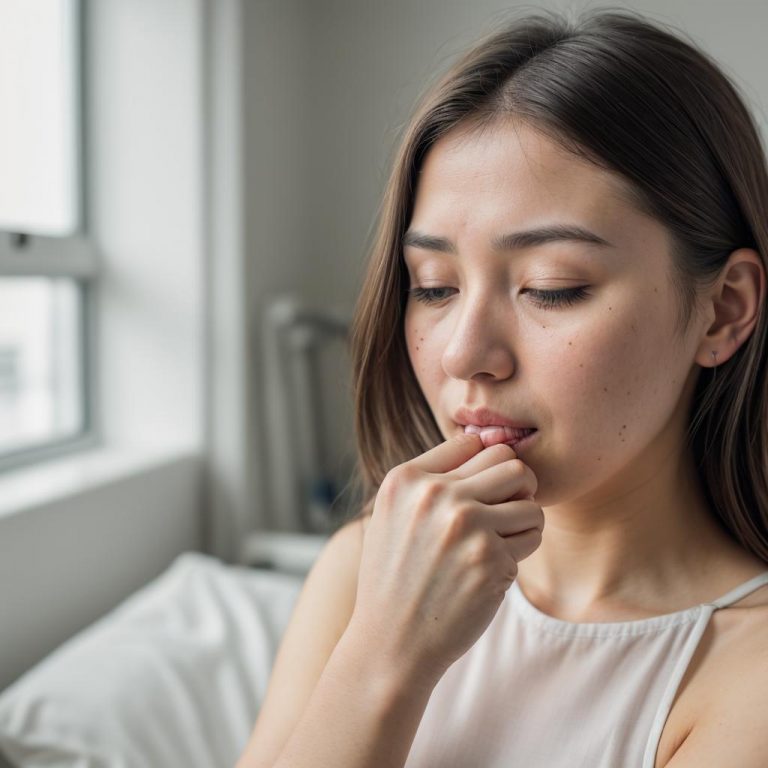
Pink eye, also known as conjunctivitis, is a common eye condition characterized by inflammation of the conjunctiva – the thin, transparent layer that covers the white part of the eye and lines the inner surface of the eyelid.
While viral and bacterial infections are the most common causes of pink eye, allergies can also trigger this condition, leading to what is referred to as “pink eye allergy.”

Symptoms of pink eye allergy
Pink eye allergy shares many symptoms with other forms of conjunctivitis, but there are some key differences. Common symptoms of pink eye allergy include:
Redness in the white of the eye and inner eyelids
Itchy eyes
Watery or teary eyes
Swollen eyelids
Gritty or sandy sensation in the eyes
Sensitivity to light
These symptoms may vary in severity and can affect one or both eyes.
Causes of pink eye allergy
Allergic conjunctivitis, including pink eye allergy, is triggered by exposure to allergens. Common allergens that can cause pink eye allergy include:
Pollen
Dust mites
Pet dander
Mold
Cosmetics or eye drops
Certain medications
When the eyes come into contact with these allergens, the body’s immune system reacts by releasing histamines and other chemicals, leading to inflammation and the characteristic symptoms of pink eye allergy.
Treatment and management
The treatment and management of pink eye allergy focus on relieving symptoms and reducing inflammation. Here are some strategies that can help:
Avoid Allergens: Identify and avoid exposure to allergens that trigger your symptoms. This may involve making changes to your environment, such as using dust mite covers on bedding or keeping pets out of certain areas of the home.
Cold Compresses: Applying a cold compress to the eyes can help reduce swelling and soothe itching.
Over-the-Counter Eye Drops: Antihistamine eye drops can help relieve itching and redness associated with pink eye allergy. Decongestant eye drops may also be used to reduce swelling.
Artificial Tears: Lubricating eye drops or artificial tears can help alleviate dryness and discomfort.
Prescription Medications: In severe cases, your doctor may prescribe stronger medications, such as corticosteroid eye drops or oral antihistamines, to control inflammation and relieve symptoms.
Hygiene Practices: Practicing good hygiene, such as washing your hands frequently and avoiding touching or rubbing your eyes, can help prevent the spread of pink eye and reduce irritation.
Eye Protection: If your pink eye allergy is triggered by outdoor allergens, wearing sunglasses can help protect your eyes and reduce exposure to pollen and other irritants.
Pink eye allergy can cause significant discomfort and interfere with daily activities, but with proper treatment and management, symptoms can be effectively controlled. If you experience symptoms of pink eye allergy, it’s important to consult with an eye care professional for an accurate diagnosis and appropriate treatment plan. By understanding the causes and symptoms of pink eye allergy, you can take steps to minimize exposure to allergens and alleviate discomfort, allowing you to enjoy clearer, more comfortable vision.



